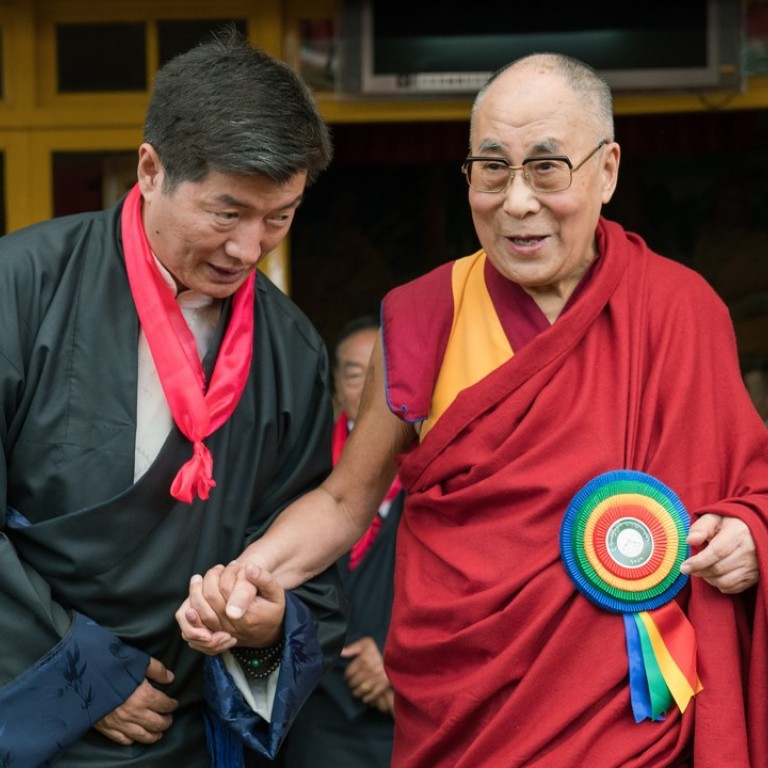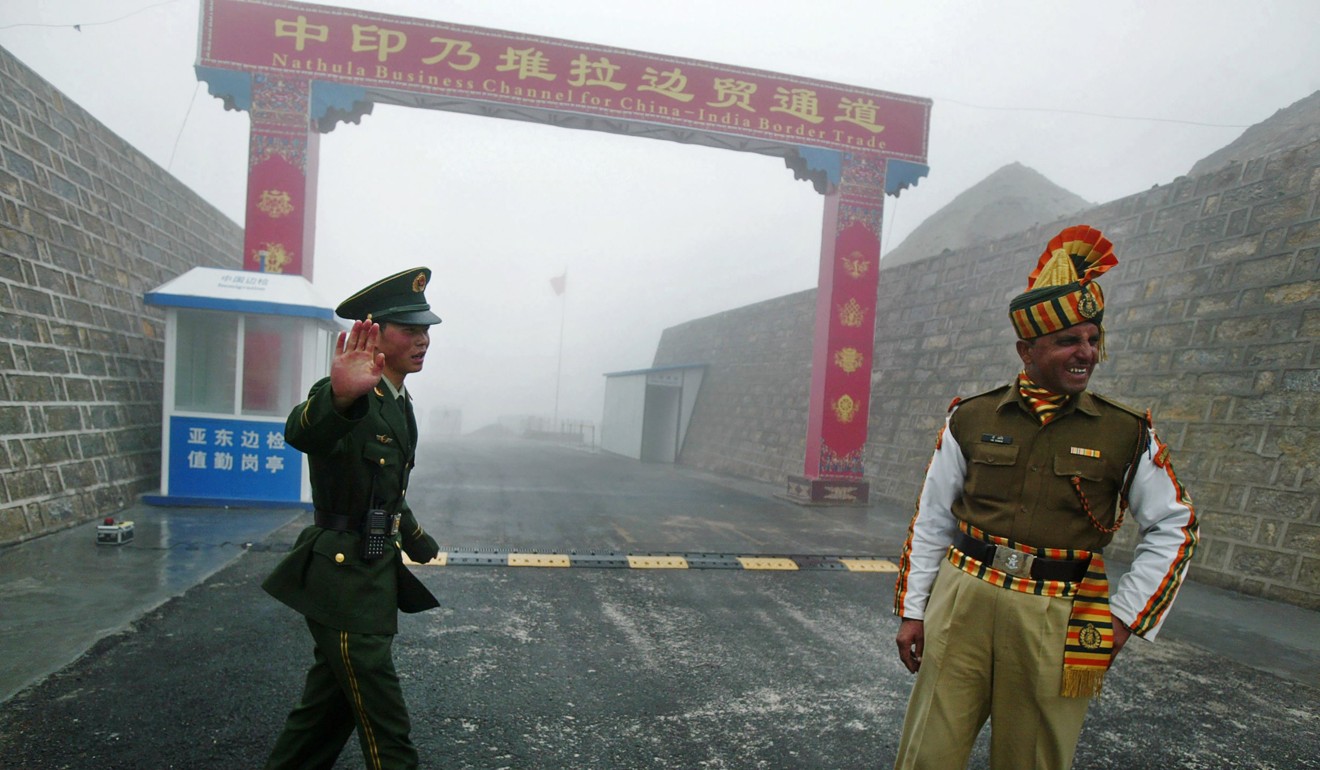
Will India turn its back on the Dalai Lama to appease China?
In a rare snub, New Delhi put its relationship with Beijing ahead of its exiled Tibetan community. But just how far is the Modi administration willing to go to ease tensions with its rival?
When India attempted to quietly cancel two major events in its capital that featured the Dalai Lama, it seemed to signal a desire to recalibrate its China policy, possibly to the detriment of the 95,000 Tibetan refugees living within its borders.
The events – an interfaith prayer led by the exiled Tibetan spiritual leader to be held on March 31 and a “Thank you, India” organised by the Central Tibetan Administration, or government-in-exile, on April 1 – were both significant because they were to mark 60 years of Tibetans in exile. The Dalai Lama first stepped foot on Indian soil on March 31, 1959.
What an unlimited Xi presidency in China means for India
The events were cancelled – although the “Thank you, India” event will now be held in Dharamsala – after newly appointed Foreign Secretary Vijay Gokhale sent a note to PK Singh, the cabinet secretary, ordering senior government officials to stay clear of the events.

Interestingly, the Ministry of External Affairs denied knowledge of Gokhale’s note after it was leaked to the media last week, suggesting that even as it attempts to tighten the screws on Tibetan activities in India, New Delhi prefers not to be seen doing so.
The note said the events were taking place at a “sensitive time in the context of India’s relations with China”. But Tibet has always been a sensitive topic for China, so why the sudden interest now? The answer may speak to just how tenuous relations between the two Asian giants have become.
China and India: are war clouds gathering over Doklam again?
India seems to be re-evaluating its China policy after the Doklam stand-off, especially after reports in January of a fresh Chinese build-up in the Himalayan area raised fears that an August peace deal may be unravelling, paving the way for an even bigger confrontation.
Gokhale’s note was sent out a day before he visited China on February 23. While in Beijing, Gokhale spoke of how “India attached great importance to bilateral ties” and was willing to “work to take care of each other’s core concerns.” Both Chinese Foreign Minister Wang Yi and State Councillor Yang Jiechi called upon Gokhale to “handle sensitive issues prudently” and “properly settle sensitive issues”.
In a sign of a possible quid pro quo arrangement, China lifted its earlier objections to placing Pakistan on a so-called grey list for terror financing at the Financial Action Task Force, the intergovernmental organisation that develops policies to combat money laundering. In fact, the note to shun the Tibetan events was issued the day before China assumed the vice-chairmanship of the task force.
While Delhi has always reiterated its acceptance of the one-China principle, which states there is only one sovereign China, the rebuke against Tibetan exiles was out of character for the Modi administration.
Driven by India into China’s arms, is Nepal the new Sri Lanka?
Modi has been particularly pro-Tibet, inviting the leader of the CTA, Lobsang Sangay, to his swearing-in ceremony in 2014. Just months later, an interfaith conference, similar to the one cancelled this month, was held soon after Xi’s visit to India.
Modi is said to have refused to do so until “Beijing stops questioning India’s sovereignty over Arunachal Pradesh and Jammu and Kashmir”.

The possibility of New Delhi revisiting or altering its position on this, however, is unlikely. That would depend not only on border disputes with Beijing, but also other issues related to the United Nations and the Nuclear Suppliers Group membership, and the blacklisting of the Pakistani terrorist Masood Azhar.
From a Chinese perspective, the Indian government’s latest action vindicates its long-held argument that Delhi has been trying to undermine Beijing’s interests by playing the Tibet card. This point was most forcefully made in spring last year when the Dalai Lama visited the Indian state of Arunachal Pradesh, a hill region with a population of around 1.4 million people spread out over 84,000 square kilometres, much of which China claims as South Tibet.
What South China Sea rivals can learn from the Doklam border dispute
Days before the Dalai Lama’s visit, China called upon India “to stop its erroneous act of using the Dalai Lama to undermine China’s interests”.
Tibet, if not the proverbial elephant in the room, is definitely a fly in India-China relations. Sometimes, flies can be more unyielding than elephants and cannot easily be dismissed. ■
Tshering Chonzom Bhutia is Associate Fellow at the Institute of Chinese Studies, Delhi

